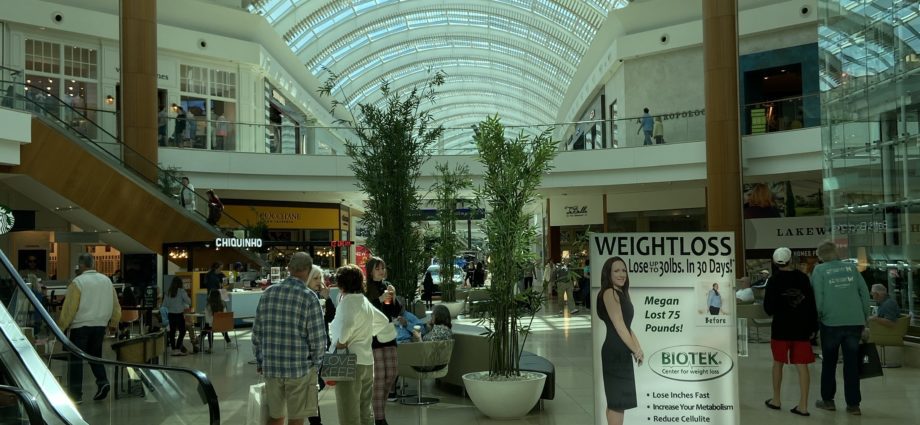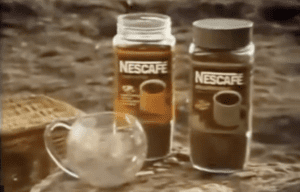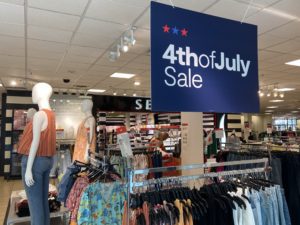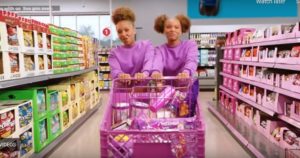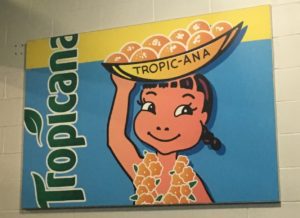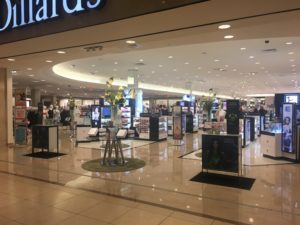PHILADELPHIA – A study released today on mall shoppers by Wharton’s Baker Retailing Initiative makes the case that malls need more interesting stores and better restaurants. The results seem obvious, but retailers have been missing major opportunities, and driving away customers at a time they can’t afford it, says Paula Courtney of the Verde Group, a co-sponsor of the study. The good news in the report is that in this extremely bad retail environment, mall operators have opportunity.
The study shows that customers drive up to 25 miles to their mall of choice and when there, visit five stores. One in three consumers spends at least two hours in the mall, and the majority spend over $150. Only one in ten did not make a purchase.
Opportunity for Regional Retail
Courtney says that with empty space, it is an excellent time to try new tenants and ideas. For instance, can you make the food court not look like a food court? Can you use empty storefronts to find new tenants, including mid-sized regional retailing brands (BrandlandUSA talking here; let’s go easy on the nail shops please). The key point, says Courtney, is to “add some diversity and discovery in the mall.”
Around the U.S., even well maintained and previously well-capitalized properties are struggling. For instance, Festival Bay (seen above), an Orlando mall owned by General Growth Properties (NYSE: GGP), has a large number of empty stores. Nevertheless it is in a strong location in Orlando, and has draws like Bass Pro Shops. Courtney believes that there are many positive options for these sorts of properties; for instance, are there community events that can “monetize” the white space and common areas? “Unless you are going to tear it down, are there lower cost solutions?” asks Courtney.
Boring, Boring
“The lack of ‘discovery’ or the ‘what’s around the corner’ factor seems to be sorely missing for shoppers who want to enjoy themselves at the mall,” said Wharton Professor Stephen J. Hoch, and faculty director of Wharton’s Jay H. Baker Retailing Initiative, in a release.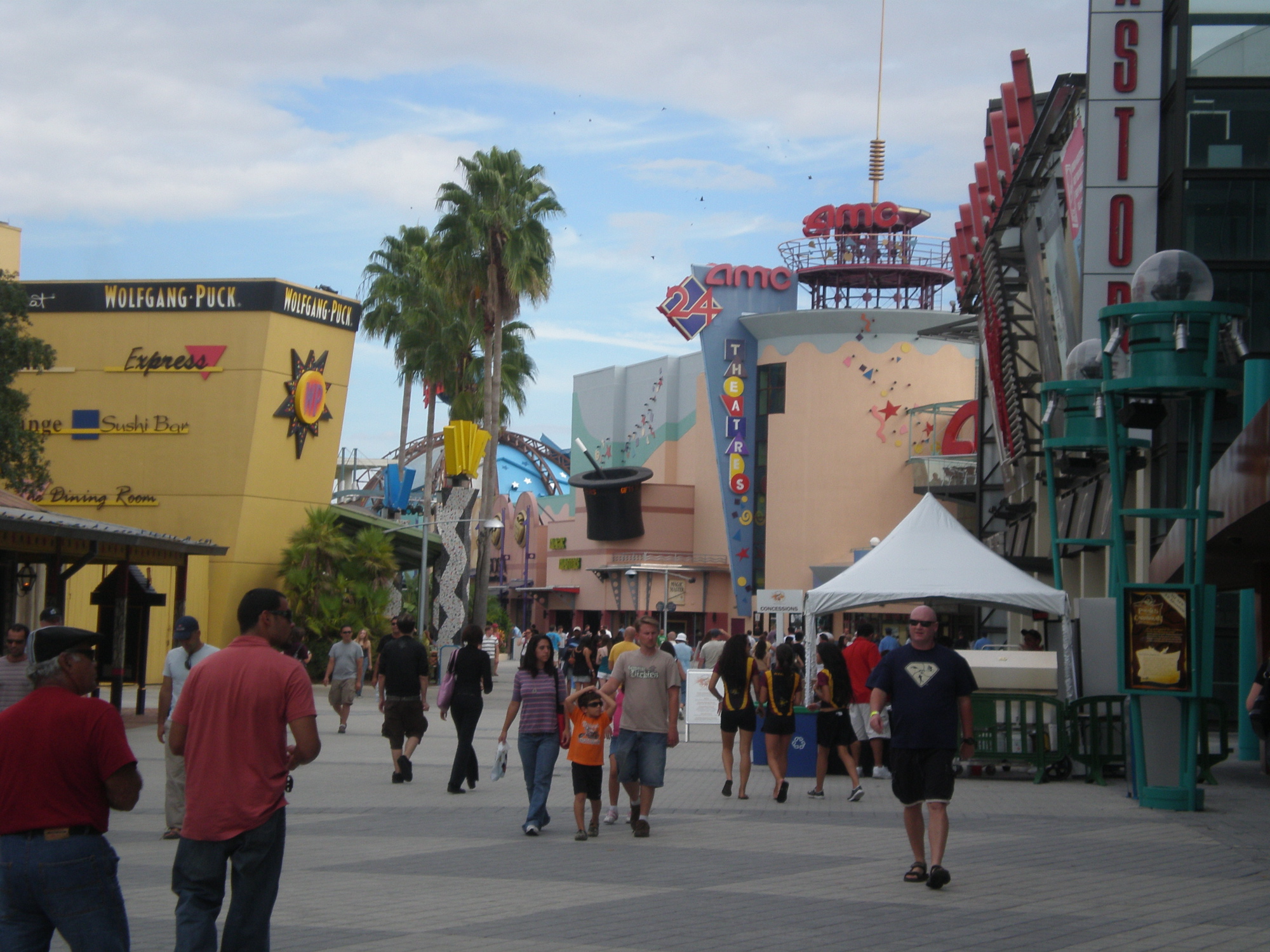
Shoppers aged 18-24 find malls a bore, with too many teens hanging around. The 25 to 40 year olds, who spend the most time in malls, find that the restaurant selection is limited. Says Courtney, “Irregardless of the timing, consumers are experiencing problems at the mall.”
A few statistics:
- 80 percent of mall shoppers report having a problem on their last mall visit
- 35 percent of mall shoppers report their was nothing new or unique
- 28 percent report there were too many stores that carry the same products
- 35 percent said the selection of restaurants was too limited
The study was a joint project of the Verde and the Jay H. Baker Retailing Initiative at the Wharton School of the University of Pennsylvania. Baker was created with a $10 million gift from Patty and Jay H. Baker, the latter former president of Kohl’s. Verde Group is a consultancy that specializes in helping North American organizations measure the cost of customer dissatisfaction and prioritize the issues.
The questions revolved around the stores and restaurant selection, the uniqueness of products, special events, environmental consciousness, an attractive and inviting appearance. “The Shopping Mall, A Study on Customer Dissatisfaction” is the fifth annual study. In total, 917 telephone interviews were conducted nationally with consumers between October 29 and November 9, 2008. The sampling was 2:1 female.
Part of the problem is that mall operators look for the tenants to be the solution to problems for the mall, rather than malls creating an atmosphere. Mall operators typically say that if they had a tenant like the Apple Store, that would attract consumers. But Courtney asks operators to think what is it about Apple that is so enticing, and create it inside the mall.
“You take the Apple experience, and create that for the mall,” says Courtney.

